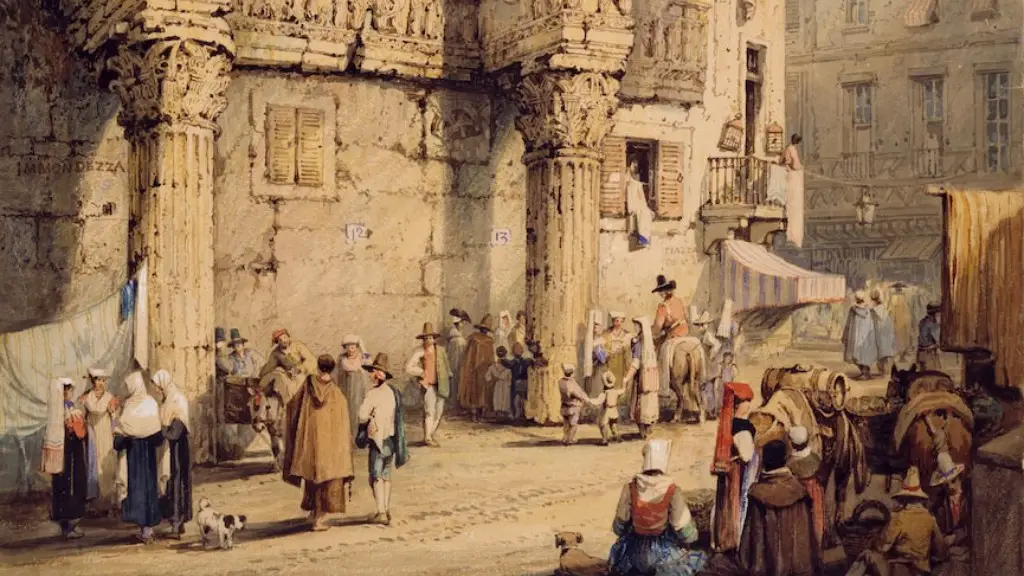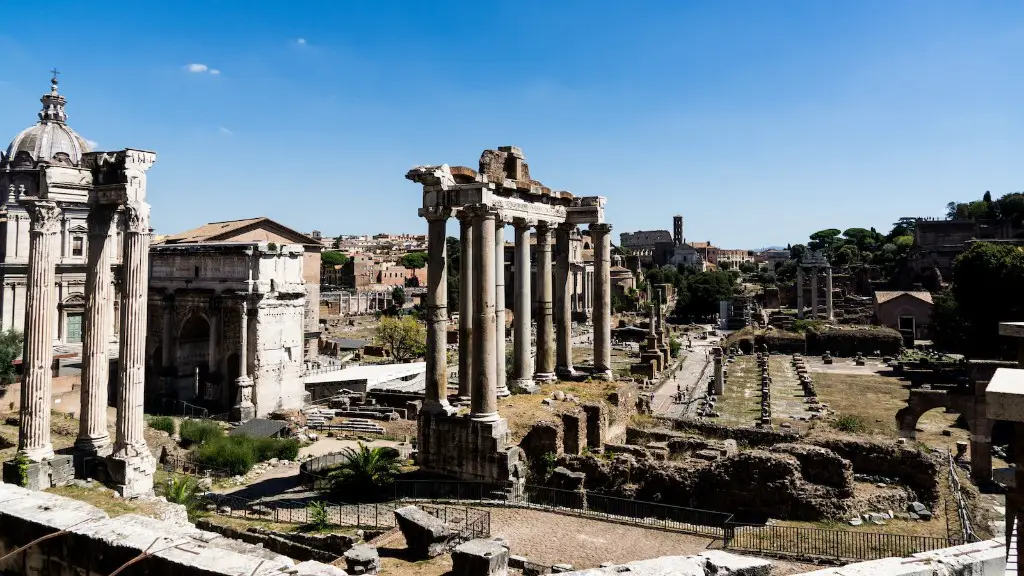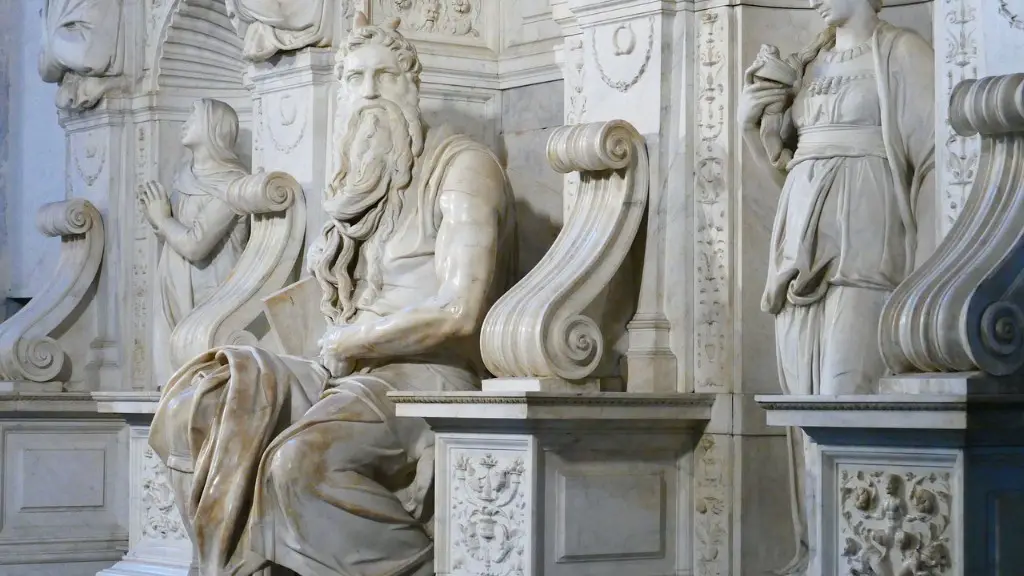In Ancient Rome, Gladiators were a class of professional athletes, who fought in arenas as a way of providing entertainment and spectacle to a large audience. Gladiators were divided into several disciplines, such as a la Saturnalia, murmillos, essedarii and Andabatae, each requiring different skills and abilities. Gladiators were generally slaves, prisoners of war, or volunteers seeking fame and fortune, although some may have been hired professionals.
Although not deployed as often as other forms of Roman entertainment, Gladiatorial contests were still incredibly popular. Contests were typically held in specially designed arenas, before thousands of spectators. The conditions for the Gladiators were usually extremely harsh and highly dangerous, with little protection from the elements, and a significant risk of severe injury or death. Gladiators had to abide by rules and regulations set by the game’s organizers, and were monitored for any sign of infringements or fouls, with severe punishment for anyone who flouted the rules.
In return for sacrificing their safety, Gladiators were often rewarded with extravagant prizes. In larger contests, they could receive gifts of money, weapons, or even land and titles. As some Gladiators rose to celebrity status, they could even receive fans and fan clubs who would travel far and wide to see them compete. Even after retirement, some Gladiators continued to live comfortable lives off their fame, through sponsorships, investments, and general good fortune.
The life of a Gladiator, however, was one filled with deprivation and danger. Gladiators were kept on a strict regimen of training, and were subjected to a harsh diet and rigorous physical conditioning. They rarely had the opportunity to rest, with only a few days off per year. Meanwhile, the competition was always intense, with Gladiators required to put their lives on the line in order to survive. Despite all the risks, Gladiators still persevered, and continued to fight for their own glory and the enjoyment of the spectators.
In light of the harsh conditions in which Gladiators competed, it is perhaps not surprising that they developed a complex set of values, allowing them to endure the bloodshed and violence they witnessed. Gladiators developed an almost cult-like reverence for their fellows, often engaging in ritualistic prayers and burial rites to honour their dead champions. Through a combination of resilience and courage, Gladiators were able to remain stoic despite living a life of danger and deprivation.
Today, Gladiatorial combat is seen as a brutal form of entertainment, and the idea of men and women voluntarily risking their lives for the pleasure of spectators seems both barbaric and abhorrent. Yet for the Gladiators of Ancient Rome, it was a way of life. Despite the danger, and deprivation, these brave men and women still persevered and fought on, striving for victory, glory and a better life.
Political Influence
In Ancient Rome, Gladiatorial contests had a strong political and social influence. Powerful Roman politicians, such as Julius Caesar, would often host Gladiatorial events to gain popularity and influence. In fact, Caesar was so proficient in organising such events that he was able to increase his power significantly as a result. As such, Gladiatorial contests enabled many politicians to cement themselves firmly in the Roman social structure, whether by gaining public opinion or simply out of a love for the sport.
Gladiatorial events also often served as a distraction from personal or political scandals. Rich and powerful Roman citizens were fond of using Gladiatorial displays as a means of deflecting the attention of the public away from their questionable practices, with some hosting displays on an almost weekly basis.
In this way, Gladiatorial contests provided a platform for Roman politicians to promote their power and to deflect criticism from their detractors. As a result, Gladiatorial events held a strong political sway, and were instrumental in helping to both preserve and shape the political power of Ancient Rome.
Women Gladiators
It may come as a surprise to learn that not all Gladiators were male. In Ancient Rome, female Gladiators were also a common sight in the arenas. Female Gladiators, or Gladiatrix, fought in the same competitions as their male counterparts, often in consorts or teams, as they fought against each other as well as against animals. Although not as popular as male Gladiators, female Gladiators were still highly respected, and often received the same rewards and recognition that their male colleagues enjoyed.
Female Gladiators also often received more protection from game organisers, often due to concerns around the cultural implications of females engaging in such a violent activity. Female Gladiators were even offered the opportunity to retire from competing if their husbands requested it, although this rarely happened, as many female Gladiators greatly enjoyed their profession and were gifted significant rewards for their performances.
As such, female Gladiators enjoyed significant freedom as opposed to other women of their times, often commanding strong respect both in and out of the arena. Despite being a niche activity, female Gladiators had a key role to play in the entertaiment industry of Ancient Rome, and were instrumental in providing the Roman public with a unique form of spectacle.
Social Status
Whilst Gladiators are often seen as martyrs or heroes, in Ancient Rome they often held a rather low social stature. Gladiators, like other slaves in Ancient Rome, were considered to have no political power or influence, and were often treated with contempt or even disgust. Gladiators also had limited rights and freedoms, as they were considered to be the property of their owners, with any rewards they earned often being kept as payment.
Gladiators were also segregated from the rest of society, living and training apart from the general populace. They were not allowed to fraternise with anyone outside of the ludus (the Gladiator school), and had to abide by a rigid set of rules and regulations in order to stay in the game. Gladiators were also paid a comparatively low wage, despite the risky nature of their profession and the potential rewards for fame and fortune.
As such, Gladiators in Ancient Rome were usually looked upon with disdain and mistrust, even as they provided a popular form of entertainment to the public. Whilst they were respected as warriors and athletes, their low social stature ensured that they would remain on the fringes of society, with few freedoms or rights.
Religious Role
The role of Gladiators in Ancient Roman religion has often been overlooked and undervalued. Despite their low social status, Gladiators were often highly respected in a spiritual sense, as they were seen as a direct representation of the Gods. Gladiators were seen as the ultimate in human courage, strength, and willpower, and were viewed as a conduit for the Gods to bestow their power and blessings upon the Roman people.
In addition, Gladiatorial contests often served as a spiritual offering to the Gods, with many Romans believing that the blood spilled in such contests served as a form of sacrifice. This belief was further reinforced by the fact that Gladiators often prayed or sacrificed before their bouts, seeking assistance or divine protection from the Gods.
Therefore, whilst Gladiators were seen as outcasts and pariahs in normal circumstances, they were often held in high regard during religious ceremonies, where they could provide a direct link to the spiritual realm. For this reason, Gladiators played a key role in Ancient Roman religion, providing both an offering to the Gods and an avenue for spiritual blessings to be bestowed upon the people.
Legacy in Popular Culture
Gladiators have long been popular amongst the public, with their exploits often employed as form of entertainment. This is largely due to the romanticism of the concept, which paints the Gladiators as heroic martyrs, sacrificing their lives for the pleasure of their captors. As such, Gladiators have been used in various forms of media, including books, films, and video games, as a representation of hope, courage, and bravery. The iconic image of the gladiator in full armour has also been used in various forms of marketing, as a symbol of strength, resilience, and integrity.
Furthermore, Gladiators have also been used to inspire new forms of athleticism, with the gladiatorial mindset often employed as a form of motivation by modern sports teams and athletes. Through their courage, Gladiators have served as an example of how to push the boundaries of physical and mental strength, providing modern athletes with an example to aspire to.
As such, Gladiators remain an important figure in modern popular culture, drawing upon their strength, courage and resilience to inspire future generations. Whether it is through media, marketing, or sports teams, Gladiators continue to be celebrated as a powerful symbol of courage and strength, despite their perilous and often tragic lives.





